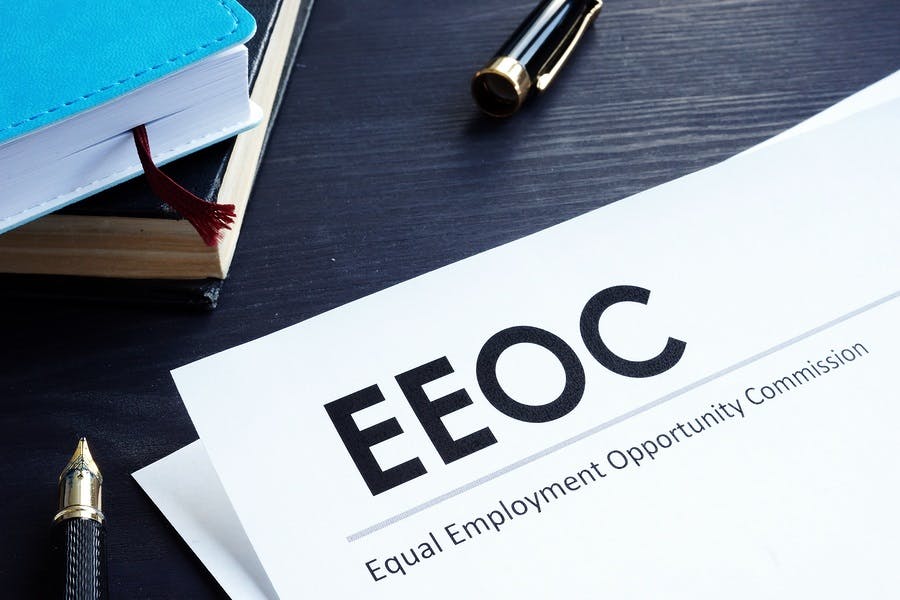This week, the U.S. Equal Employment Opportunity Commission released its Fiscal Year 2018 enforcement and litigation data. Here’s what you need to know:
Retaliation remains the top claim.
Here are the top 10 charges filed with the EEOC in fiscal year 2018
- Retaliation: 39,469 (51.6% of all charges filed)
- Sex: 24,655 (32.3%)
- Disability: 24,605 (32.2%)
- Race: 24,600 (32.2%)
- Age: 16,911 (22.1%)
- National Origin: 7,106 (9.3%)
- Color: 3,166 (4.1%)
- Religion: 2,859 (3.7%)
- Equal Pay Act: 1,066 (1.4%)
- Genetic Information: 220 (.3%)
These percentages add up to more than 100% because some charges allege multiple bases.
Retaliation has been number one since 2009. Why? Because when an employee complains about discrimination at work, no matter the underlying basis (e.g., race, sex, religion, etc.), if the employer takes some form of adverse action that the employee believes is related to the underlying complaint, then the employee is checking the retaliation box too. Although retaliation appeared on more than half of all charges filed with the EEOC, the total number of retaliation claims fell from last year.
#MeToo means more claims
According to the EEOC’s press release, “The agency also received 7,609 sexual harassment charges – a 13.6% increase from FY 2017 – and obtained $56.6 million in monetary benefits for victims of sexual harassment.” The EEOC attributed this to the “significant impact of the #MeToo movement.”
The EEOC is reducing its caseload, which means more lawsuits, which means more settlement leverage for employers.
The EEOC resolved 90,558 charges of discrimination in FY2018 while reducing the charge workload by 19.5% to 49,607. Anecdotally, I see way more charges getting dismissed without any investigation. Ordinarily, a charging party must wait 180 days from after filing a charge of discrimination in which to ask the EEOC to issue a notice of right to sue. Upon receipt of a notice of right to sue, the employee can then file an actual lawsuit.
However, if the EEOC dismisses the charge of discrimination earlier, he or she will receive a notice of right to sue much sooner than 180 days. And since employees have a tight window in which to file a lawsuit after receiving a notice of right to sue, lawsuits are getting filed sooner.
So what?
Employers gain leverage
Well, most employee-rights firms are small. While they may have many open matters, traditionally, those files were spread relatively evenly between pre-EEOC, EEOC, and post-EEOC (i.e., litigation). Because the pre-EEOC and EEOC stages traditionally move slower than litigation, these firms can manage the workflow effectively. However, if the EEOC stage is truncated and more matters become lawsuits, then resources become limited. And the only way to increase bandwidth is to add more attorneys to litigate or settle cases. When considering the cost of litigation plus having to add additional headcount, resolving cases is far more cost-effective.
So, if employee-rights firms are looking to settle more cases, that creates leverage for employers and their counsel. The defense can bargain hard and force the value of a settlement down. Now, your mileage may vary, but keep this in mind as you’re litigating discrimination claims against an overburdened adversary.
Of course, remember this too.
This article originally appeared on The Employer Handbook.
